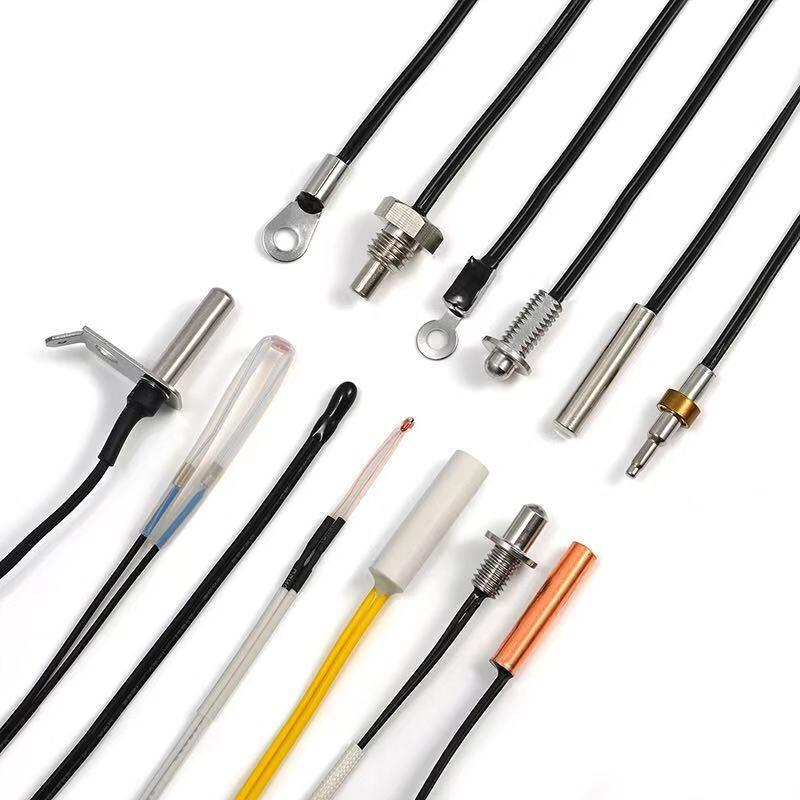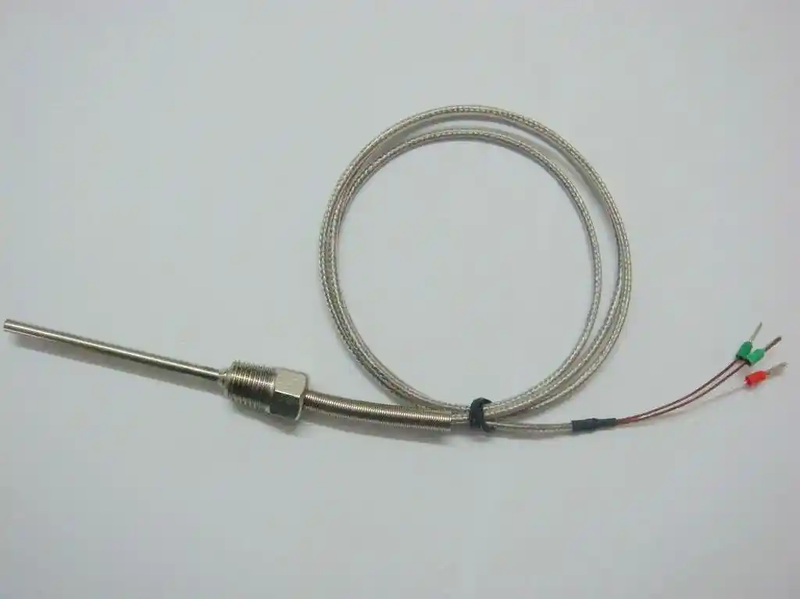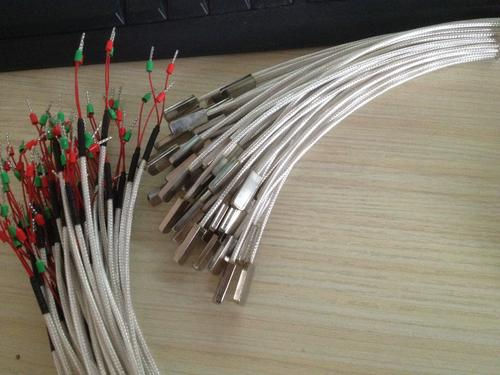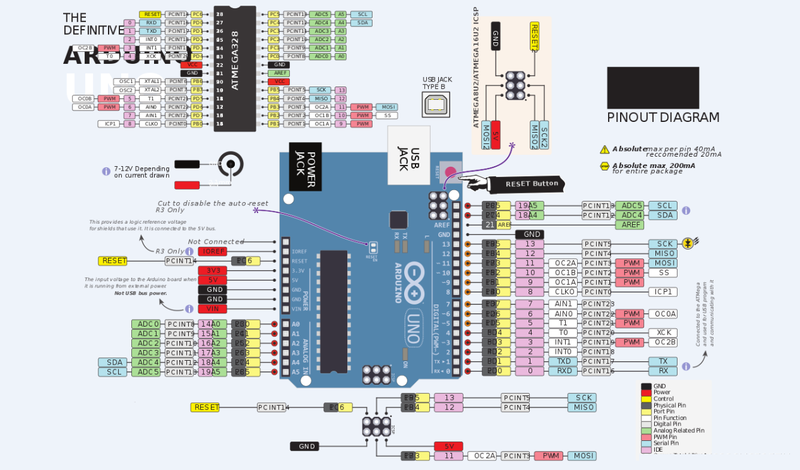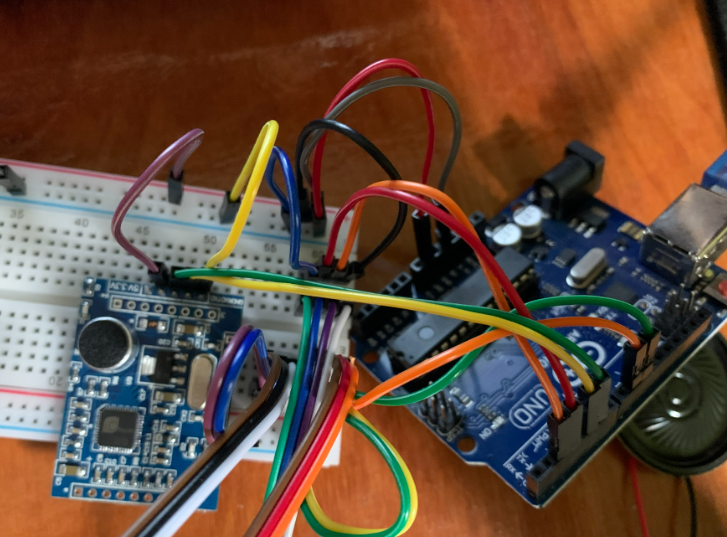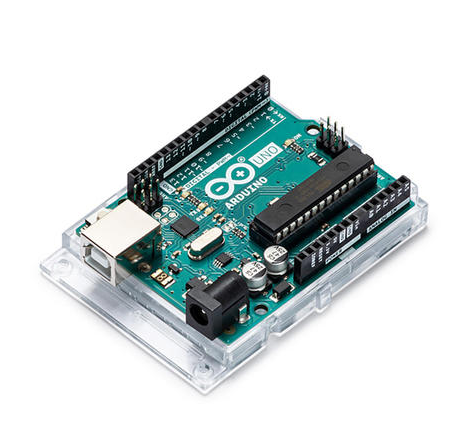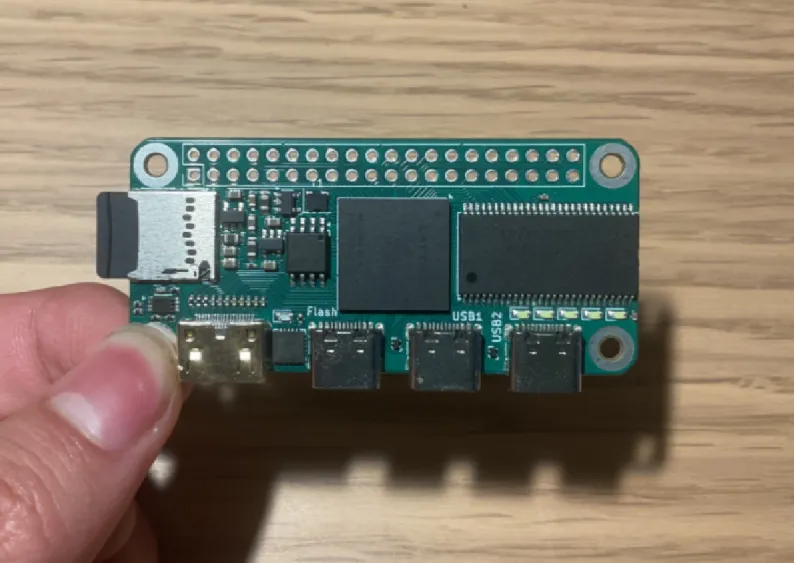PT1000
This article analyzes how the accuracy of PT100 and PT1000 resistance temperature detectors compares in low - temperature, medium - temperature, and high - temperature environments, considering basic principles, measurement circuits, and external factors.
This article compares PT100 and PT1000 resistance temperature detectors in terms of resistance at 0°C, sensitivity, signal - to - noise ratio, cost, and application scenarios, helping users make informed choices.
This article provides a comprehensive guide on selecting the appropriate PT1000 for a specific application, considering factors such as temperature range, accuracy, environmental conditions, response time, and electrical connection.
This article explores whether PT1000 temperature sensors can be used in harsh environments, including extreme temperatures, high humidity, corrosion, vibration, and electromagnetic interference, and analyzes their performance in these conditions.
This article details the typical applications of PT1000 temperature sensors in industries such as industrial manufacturing, food and beverage, medical and pharmaceutical, and HVAC systems, highlighting their importance in ensuring accurate temperature control.
This article compares the accuracy of the PT1000 temperature sensor with other common temperature sensors like thermocouples, thermistors, and semiconductor - based sensors, providing insights for sensor selection.
This article explores the advantages and disadvantages of the PT1000 temperature sensor when compared to other types of temperature sensors such as thermocouples, thermistors, and semiconductor - based sensors, helping users make informed sensor selection decisions.
This article provides a comprehensive introduction to the temperature sensor PT1000, including its working principle, advantages, applications, and installation and maintenance methods.

